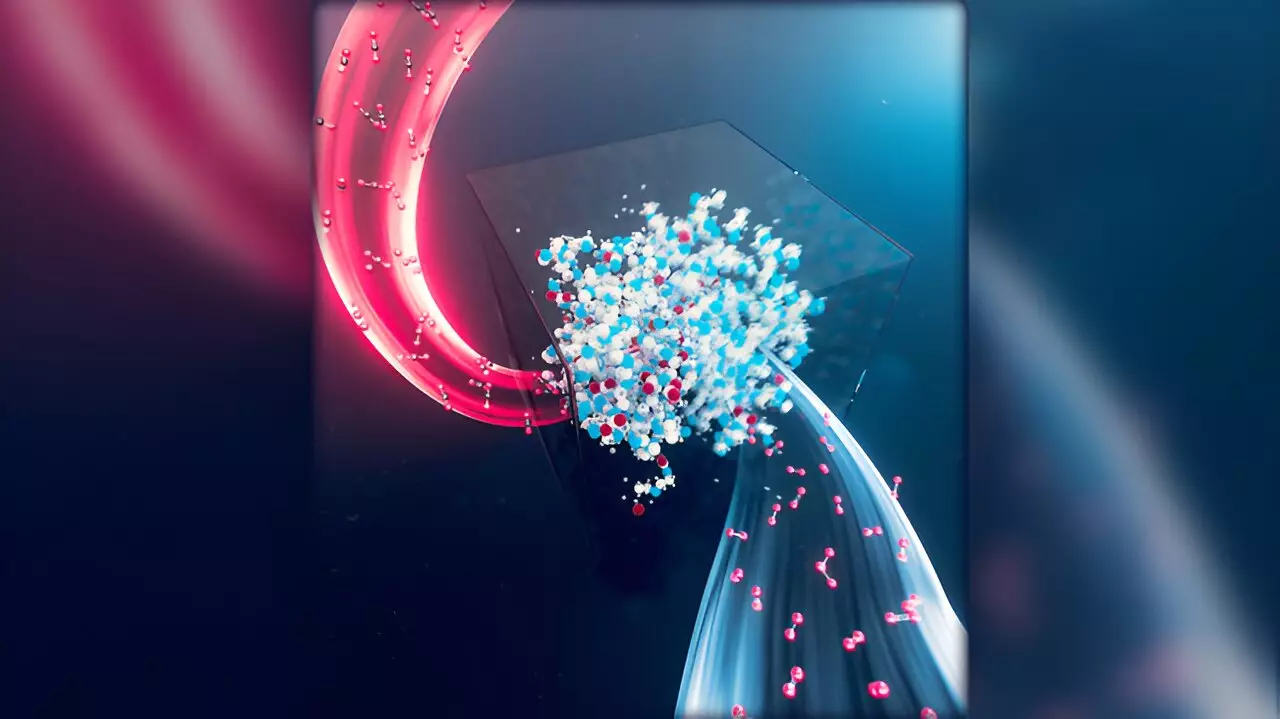Recent advancements made by researchers from Lawrence Livermore National Laboratory (LLNL) and the Georgia Institute of Technology shed new light on the performance and durability of amine-functionalized porous materials used in direct air capture (DAC) technologies. Published in the Journal of the American Chemical Society, this research emphasizes the significance of carbon dioxide (CO2) interactions with poly(ethylenimine) based sorbents, highlighting how these findings can lead to more effective carbon-capture solutions. The study addresses a critical challenge within the field of DAC—improving the stability of materials that are essential for the efficient removal of CO2 from the atmosphere.
Traditionally, amine-based sorbents have been heralded for their superior efficiency in capturing CO2, even in very dilute atmospheric conditions. However, a notable drawback has been their susceptibility to oxidative degradation, which can undermine their long-term effectiveness. This new research uncovers the nuanced role that CO2 plays in the degradation process of these materials. According to the leading authors of the study, CO2 does not have a straightforward impact; rather, its effects on oxidation kinetics are complex and vary with temperature and concentration levels. The researchers describe CO2’s dual role as both a catalyst for oxidation and a factor that reduces the mobility of polymer branches, creating a multifaceted picture of the degradation dynamics.
Addressing Existing Knowledge Gaps
Prior studies have provided conflicting insights on how CO2 interacts with poly(ethylenimine) sorbents, leaving critical gaps in understanding. This current research bridges those gaps, providing clarity on how CO2’s presence can influence radical propagation—an essential aspect in the degradation of these materials. By decoding these complex interactions, the research team has laid the foundation for the development of next-generation sorbents that could lead to more durable and cost-efficient carbon-capture technologies.
The significance of this research extends well beyond theoretical understanding. It paves the way for innovative strategies aimed at enhancing the longevity of DAC materials. The identification of polymer side chain mobility and environmental acidity as key factors accelerating degradation offers practical avenues for improvement. Research suggests that modifications, such as incorporating certain functional groups or additives, could reinforce the stability of amine-functionalized sorbents. These modifications might involve designing surface chemistries that either stabilize the polymer structure or neutralize acidic conditions, effectively slowing down oxidative processes.
In a world increasingly grappling with the effects of climate change, breakthroughs in carbon capture technology are more critical than ever. Insights from this study not only highlight the intricate relationship between CO2 and amine-functionalized sorbents, but also emphasize the necessity of considering all atmospheric components during the design of carbon-capture materials. As researchers continue to explore innovative solutions to enhance the efficiency and durability of DAC technologies, this work represents a promising step forward in the fight against greenhouse gas emissions.


Leave a Reply